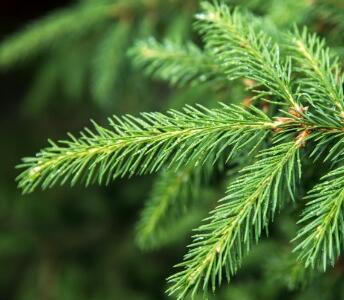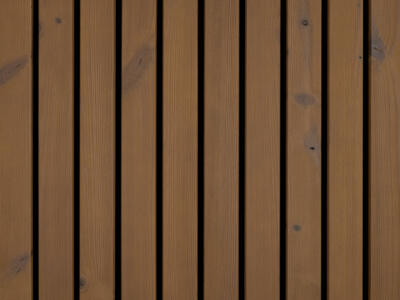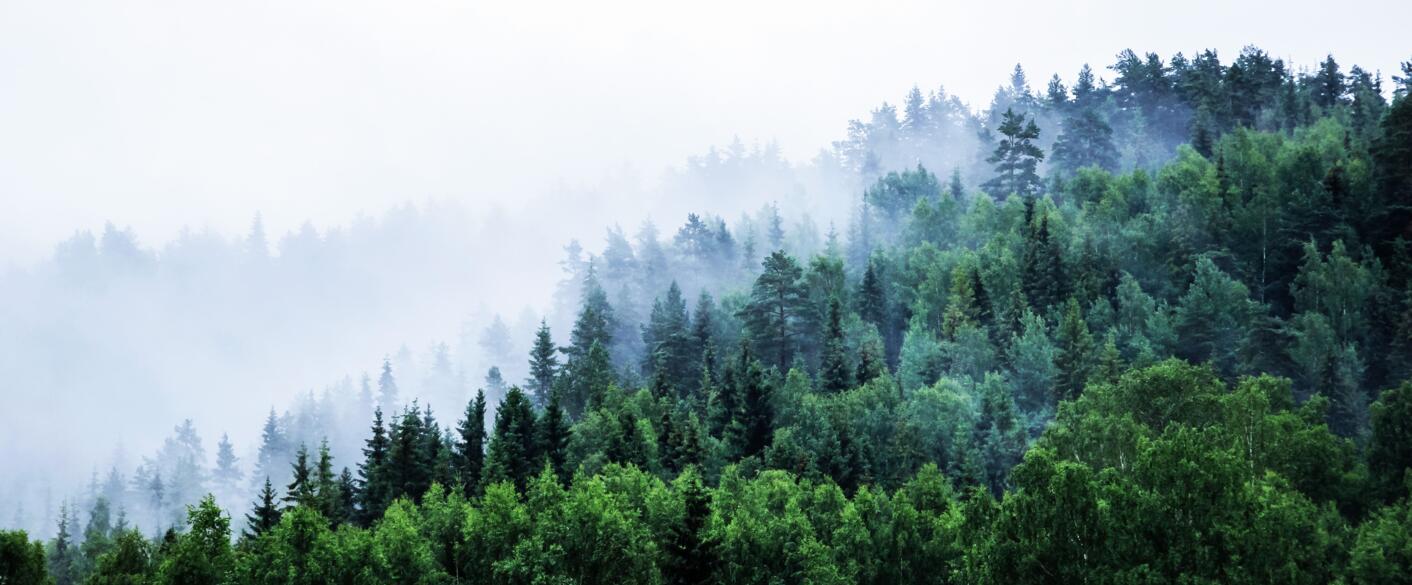Larch or Larix wood cladding has very specific characteristics and advantages. Larch, a softwood species, stands out for its aesthetic appeal, strength, density, durability and slow growth. Rot-proof for exterior use (and sapwood-free), Larch wood cladding has a tight grain with few knots and an orangey-blonde colour. Fire-resistant and 100% environmentally friendly, it is ideal for facades. In this guide, our expert Yvon Debeaumont answers your questions about Larch cladding.
Key points to remember
- Origin and durability: Larch mainly comes from Scandinavian, Russian, and European forests, where it grows slowly in a harsh climate. Naturally durable, it is weather-resistant and can last up to 50 years in use class 3.2 (excluding sapwood).
- Aesthetic characteristics: This wood has a fine grain, straight grain, and tight grain pattern, with a color ranging from yellow to reddish pink. It is also known for its dimensional stability, especially when heat treated.
- Applications and certifications: Larch is suitable for cladding, structures, and framing. It is PEFC certified, guaranteeing sustainable forest management.
- Maintenance and aging: Over time, larch develops a natural gray patina, without altering its performance. It is recommended to install it away from the ground and to keep it well ventilated to preserve its longevity.
- Budget: The price of larch cladding varies between 85 and 120 € per square meter (excluding installation), depending on thickness, finish, and heat treatment.












